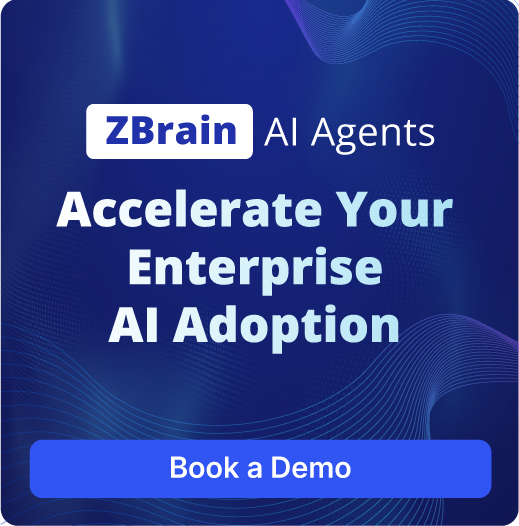
New Hire Onboarding Agent
Detects new employee records in the HRM system and automatically initiates onboarding tasks like sending welcome emails, scheduling orientation, and assigning training modules.

Job Description Creation Agent
Generates precise, role-aligned job descriptions by leveraging HR data and contextual user inputs.

Job Description Update Agent
Enhances job descriptions for clarity, inclusivity, and localization using AI—driving better talent engagement and hiring outcomes.

New Hire Onboarding Agent
Detects new employee records in the HRM system and automatically initiates onboarding tasks like sending welcome emails, scheduling orientation, and assigning training modules.

Job Description Creation Agent
Generates precise, role-aligned job descriptions by leveraging HR data and contextual user inputs.

Job Description Update Agent
Enhances job descriptions for clarity, inclusivity, and localization using AI—driving better talent engagement and hiring outcomes.
Streamline HR Operations with ZBrain AI Agents for Recruiting and Staffing
ZBrain AI Agents for Recruiting and Staffing streamline complex HR processes across the employee lifecycle, including talent acquisition, onboarding, performance management, and employee engagement. These AI-powered tools are designed to enhance accuracy, efficiency, and scalability, enabling HR departments to manage repetitive and high-volume tasks with greater ease and precision. By implementing ZBrain AI agents, HR professionals can minimize administrative burdens and dedicate more time to strategic initiatives that drive organizational growth. The versatility of ZBrain AI agents makes them a valuable asset across all staffing and recruiting functions. From sourcing and screening qualified candidates to facilitating seamless onboarding and supporting performance reviews, these agents help create a more efficient and engaging employee experience. By automating tasks such as resume screening, feedback collection, and employee engagement analysis, ZBrain AI agents empower HR teams to focus on building a motivated, high-performing workforce while ensuring that talent acquisition strategies remain effective, agile, and aligned with organizational goals.

